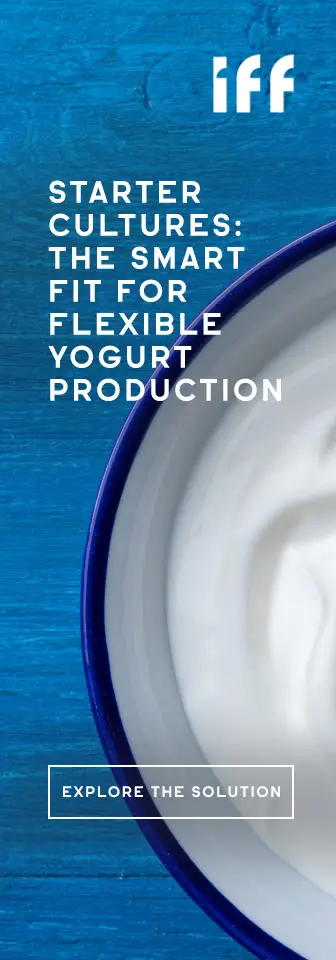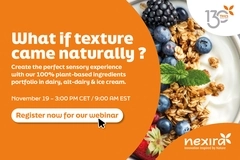Introducing the Environment and Consumer-Friendly Solution to Theft-Resistant Packaging
MeadWestvaco’s New Natralock Helps Retailers Deter Losses.
08/03/06 Richmond, Virginia – MeadWestvaco is introducing Natralock, the high visibility packaging solution that is environmentally conscious, amazingly consumer-friendly, and theft-resistant. The paperboard based Natralock is a far more environmentally-sustainable alternative to the current 100% plastic solutions which are rapidly becoming the focus of increasing regulatory onslaughts.
"While plastic clamshell solutions have decreased theft, they have raised environmental concerns, saddled supply chains with growing consumer aggravation and increased transportation, inventory and shelf space demands," affirms MeadWestvaco’s Don Hodapp, security packaging business development manager. "Natralock reduces recycling stream impact, eases consumer irritation and decreases supply chain costs – while still locking thieves out. Bottom line, we are making cost-effective security products that are predominately renewable, recyclable in many communities, and much safer for consumers to use."
Protecting the Environment
The bulk of the tear-resistant Natralock is derived from trees, renewable resources that MeadWestvaco carefully stewards from harvest to replanting of the next forest. Even the clear APET (amorphous polyester) "bubble" used in this environmentally-protective packaging approach falls under today’s acceptable requirements for recyclability and energy standards. "As a member of the Dow Jones Sustainability Index, MeadWestvaco is focused on operating in a sustainable manner," states Mr. Hodapp. "We are committed to making and using products that are renewable, recyclable in many communities, and have a minimized impact on the environment. Natralock is a perfect example of a market- and mission-response product, and may even prove to be an advantage when selling to environmentally-focused consumers."

In comparison, certain plastic clamshells offer very limited recyclability. For example, polyvinyl chloride or PVC clamshells meet EU/CEN energy and materials recyclability standards only on a limited basis, causing many European and Asian countries to levy additional taxes and other restrictive policies on use of the material. Issues like this also recently motivated industry leaders like Microsoft1, Johnson & Johnson and Kaiser Permanente to announce their refusal to continue using PVC clamshells.
Calming the Consumer
To date, most retailers have relied on plastic packaging to discourage thieves who were slitting packages open, grabbing the contents, and dropping empty packaging back on shelves. The heavy-gauge plastic has proven difficult to slit; and the typically large plastic shells (sometimes up to two feet tall), make it hard to hide the product under clothes or in purses.
This same packaging, however, often leaves consumers with increasing frustration at having to fight their way into a recently-purchased toy, electronic gadget, cosmetic product or printer ink cartridge once home. In a recent issue, Consumer Reports pointed out it can take over nine minutes to open these clamshell packages.
Even then, consumers can encounter sharp edges. These edges have contributed to the over 300,000 visits to the emergency room in the U.S. resulting from injuries occurring from product packaging in 2003.2
Such war wounds as well as injuries, punctures, cuts and scratches treated at home have led to a frustration so rampant it has been dubbed "wrap rage" by the media. In fact, the battle is so prolific that Consumer Reports has spun off an Oyster Awards program lambasting the frustration and force required to open today’s theft-resistant packages. Award results rated clamshells the #1 most consumer-unfriendly packaging among 237 product packaging nominations and from lab tests. 3
According to Mr. Hodapp, there is a benefit to security packaging that goes beyond theft deterrent. Despite proliferating wrap rage, security packaging still aids in increasing customer perception.
"Consumers mentally promote protected products into a more desirable category," states Mr. Hodapp. "In other words, the product must be more desirable because the retailer is going to great lengths to protect it. Natralock security packaging eases the dilemma by allowing retailers to maintain that perception of value and appeal to the consumer with a wrap-friendly package."
Increasing Visibility
To create Natralock, MeadWestvaco runs its unbleached kraft paperboard (Coated Natural Kraft® (CNK®) or Printkote® bleached kraft paperboard (SBS) through a patented coating process which applies a heat-seal material, as well as an optional, more tear-resistant material for high dollar value applications. Graphics are then printed on the highly receptive clay coated surface providing a beautiful platform to extol the brand owners’ virtues.
"This process makes more surface area available for printing than traditional clamshells," explains Michael Wade, MeadWestvaco consumer packaging project engineer. "This means graphics can make the package jump off store shelves, thanks to the billboard effect in the club store environment. Because the copy is now directly visible to the consumer, not distorted through clamshell packaging, the message can even more effectively contribute to the consumer’s decision-buying process. All of this translates into developing positive brand image for manufacturers’ products and for retailers."
"The combination paperboard/blister pack packaging also affords space saving options for the retailer," adds Mr. Hodapp. "By downsizing the real estate typically required by plastic clamshells, Natralock frees shelf space the retailer can use for more of the same or other products. In a world where shelf space is premium, this can mean extensive financial opportunities in the selling environment."













